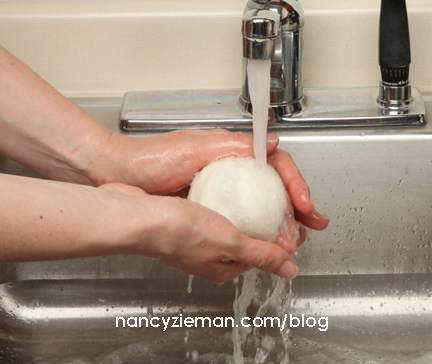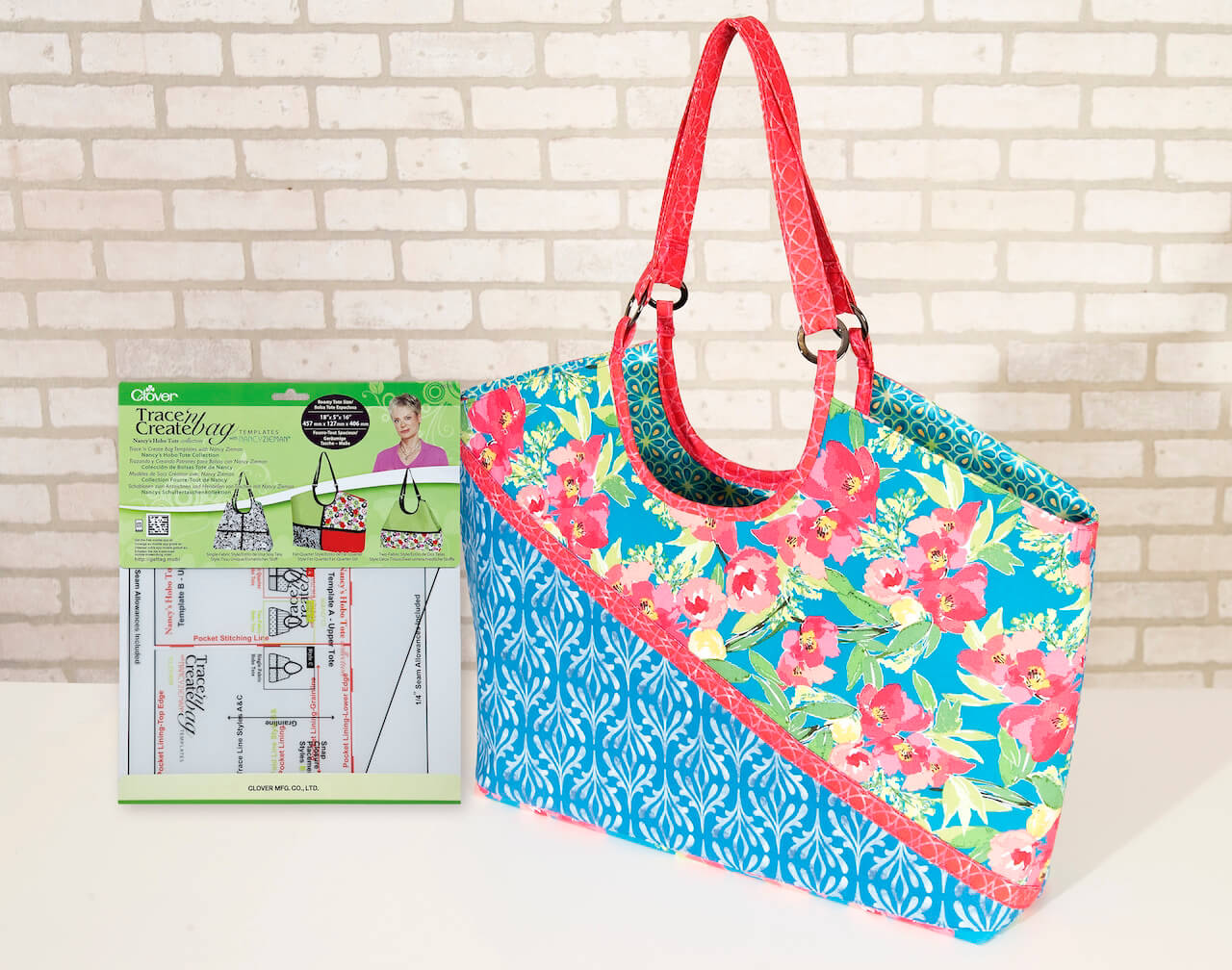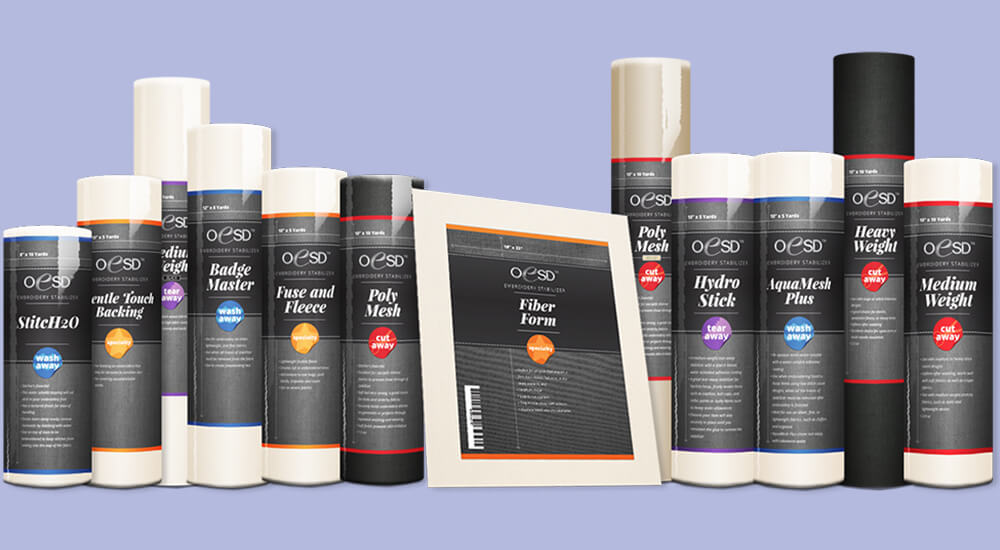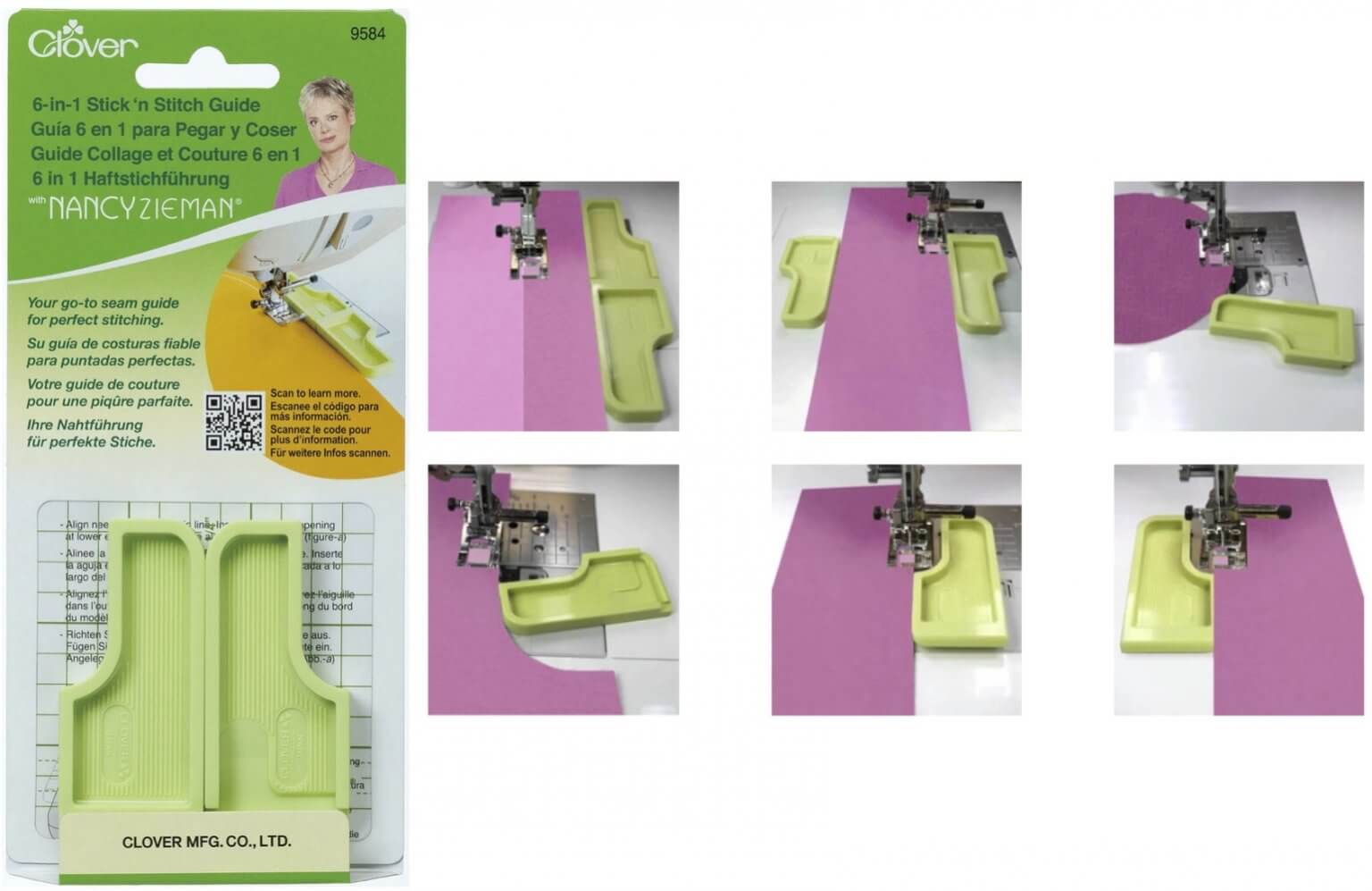
DIY Your Way to a Healthier Laundry Room
By Emily Jansson, Nancy’s Notions guest blogger
Felt some static-reducing, fabric-softening wool dryer balls. It’s a quick craft that can save you a bundle.
These sweet little spheres can reduce allergens in the air and in fabrics, and they help your clothing dry faster. Less time in the dryer means less gas or electric usage, and more money in your pocket. It’s win-win! Plus, they won’t wear out. Make ’em once and that’s all you’ll need.
 I read an article in Scientific American the other week about how harmful the chemicals in fabric softeners and dryer sheets can be. It was alarming to learn that dryer sheets especially, are swimming in such baddies as carcinogens, neurotoxins, and respiratory irritants.
I read an article in Scientific American the other week about how harmful the chemicals in fabric softeners and dryer sheets can be. It was alarming to learn that dryer sheets especially, are swimming in such baddies as carcinogens, neurotoxins, and respiratory irritants.
The fact that our skin is the largest organ in our bodies should give us all pause on this matter—the clothing we wear acts as a loose compress, filled with whatever good or bad things may be in our laundering routine. Not to mention the irritants that become airborne as they tumble in our dryers.
Bonus: If you’re missing that fresh scent, try spraying your dryer balls liberally with some wardrobe spray you make yourself with natural essential oils. Hop on over to our Dec 2016 blog to learn how.
Here’s what you’ll need:
- One package of wool roving (0.7oz)
- Aluminum foil
- Dish soap (I prefer Seventh Generation for its lack of chemicals)
- Sink
1. Tear off about an arm’s length of foil and crumble into a tight ball—the more spherical, the better. You want the diameter to be approximately 2″ (add more foil if you need to—it’s not an exact science). Make 3 balls of foil.
 2. Fold your piece of roving so it’s divided into thirds. Cut at the folds so that you have three equal(ish) pieces.
2. Fold your piece of roving so it’s divided into thirds. Cut at the folds so that you have three equal(ish) pieces.
 3. Tear one of the pieces of roving in half, lengthwise. Wrap it around the foil ball tightly in one direction. You don’t want the edges to stray too far from the ball.
3. Tear one of the pieces of roving in half, lengthwise. Wrap it around the foil ball tightly in one direction. You don’t want the edges to stray too far from the ball.
 4. Now take the second half of the roving and wrap it tightly in the perpendicular direction. You shouldn’t see any foil at this point.
4. Now take the second half of the roving and wrap it tightly in the perpendicular direction. You shouldn’t see any foil at this point.
 5. Go to the sink and run some warm water (I like it very warm, but not hot). Pour a little dab of dish soap in your hands, suds it up, and grab the wool-wrapped ball.
5. Go to the sink and run some warm water (I like it very warm, but not hot). Pour a little dab of dish soap in your hands, suds it up, and grab the wool-wrapped ball.
 6. Wrap your soapy hands around the ball and saturate it under the warm water. Turn the water off. Begin worrying the wool ball from hand to hand like a baseball pitcher. The dish soap should build a nice lather.
6. Wrap your soapy hands around the ball and saturate it under the warm water. Turn the water off. Begin worrying the wool ball from hand to hand like a baseball pitcher. The dish soap should build a nice lather.
7. Keep passing and rolling, worrying the ball back and forth. All you need to get the felting process going are warm water, soap, and agitation. The wool will start to felt and tighten around the foil.
 8. When the wool feels secure and tightened around the ball (this will take a few minutes), you can rinse the lather out.
8. When the wool feels secure and tightened around the ball (this will take a few minutes), you can rinse the lather out.
 9. Repeat for the other two foil balls. Allow them to air dry on the counter overnight (or you can toss them into the dryer with your next load).
9. Repeat for the other two foil balls. Allow them to air dry on the counter overnight (or you can toss them into the dryer with your next load).
Throw them in your dryer—they can live there forever. No need for dryer sheets or fabric softener ever again!
Thanks to Emily Jansson and the Nancy’s Notions Team for sharing this tutorial!
Bye for now,











Eleanor Gibson
What is wool roving? Never heard of it.
Emily Jansson
Hi Eleanor!
Lynn hit the nail on the head, above. It’s a clean, combed length of wool fibers that sit in one direction to be spun into yarn.
It can also be used for felting projects. 🙂
-Emily
Mary
Where do I find the wool. Good tip.
Emily Jansson
Hi Mary!
You can find wool roving here:
http://www.nancysnotions.com/product/off+white+clover+roving+.do?%20extid=nzbgp&code=NNOADV-1310
Thanks for asking! 🙂
-Emily
Rebecca
Does this cut down on static electricity? Is any of the wool left on the drying clothes? I know some people who are allergic to wool I would not want to cause them to have allergic reaction just being near my clothes.
Emily Jansson
Hi Rebecca,
Yes, the foil helps to reduce static in your load.
As for allergies, I couldn’t find much in the way of any hard research on the subject–just a whole lot of opinions.
I was taught in school that most people who think they’re allergic to wool aren’t technically allergic–their skin is simply more sensitive and is abraded by the microscopic scales in wool fibers (so there is no antigen response within the body).
I always prefer to err on the side of caution, so I would suggest trying just foil balls (make sure they’re smooth and tight!) in segments of an old nylon stocking. It’s not as pretty, and it won’t help to pull the moisture out of the load like wool will, but it’ll help to reduce static and keep those nasty chemicals out of your laundry. 🙂
Rebecca
Thank you for taking the time to answer my question. I think I will give these a try 🙂
gail livingstone
Does anyone know how these work? is it the foil, or the wool?
Emily Jansson
Hi Gail!
Both materials used are for different reasons. The foil acts as a conductor to reduce static.
The wool is soft and super-absorbent, helping to draw moisture out of your laundry and allowing it to dry faster, while gently softening your clothes without damaging the fibers.
Mechanical agitation from the weight of the balls softens your clothing simply by bouncing everything around. 🙂
-Emily
Lynn Again
Nancy carries wool roving in the exact amount you need to make the dryer balls.
http://www.nancysnotions.com/product/off+white+clover+roving+.do?extid=fbnz&code=NNOADV-1310
You can also find wool roving at a shop that sells spinning wheels. Some of the specialty yarn shops may carry it as well. Roving is the stage of the wool just before it is spun into yarn. It can be plain or colorful. I would imagine that you would not want colored roving for your dryer balls.
I don’t know about reducing the static but I imagine that is the main purpose of the dryer balls.
Debra Mowers
I have used my wool dryer balls for 4 years and they do cut down on drying time, static, and do make our clothes soft. Best investment for laundry you can make for your family.
Ginger
I was also wondering what the foil is for. Any ideas? Nancy???
Emily Jansson
Hi Ginger!
The foil is a conductor and helps to remove static from the load. 🙂
-Emily
BONNIE THIEM
Love the idea of no longer having to buy dryer sheets. (Although they do come in handy when removing sticky residue from the bottom of your iron and for wiping off mirrors and TV screens.) It would save a bunch of money and that’s important. Thanks, Nancy
Aileen
How does the wool effect type clothing? I’m allergic to wool.
Emily Jansson
Hi Aileen,
I always prefer to err on the side of caution, so I would suggest trying just foil balls (make sure they’re smooth and tight!) in segments of an old nylon stocking. It’s not as pretty, and it won’t help to pull the moisture out of the load like wool will, but it’ll help to reduce static and keep those nasty chemicals out of your laundry.
Kay
Sounds like a fun craft for kids to make.
Gloria
I have felting needles, would they be helpful in making the balls?
Emily Jansson
Hi Gloria,
Felting needles may be a little help for finishing (if you have a stray tail of wool, for instance), but they generally won’t be able to go into the wool far enough to felt properly without stabbing into the foil–which would probably wreak havoc on your felting needles. 🙂
Elizabeth Niblack-Sykes
I have “too many” pets (lol)- and pet hair and human hair sticks to the clothing- do these balls release the pet hair like softener sheets- especially on fleece items?
Emily Jansson
Hi Elizabeth,
I can tell you that I have a cat, and I don’t have any fur stuck to my clothes when I use the dryer balls.
HOWEVER, if I leave them in the basket folded and don’t put them away immediately, of course, all bets are off (insert mental picture of said cat on nice warm, clean laundry here). 😉
Rosana
Just FYI, dryer sheets work very well at killing wasps in an enclosed area. They don’t need to come in direct contact with the sheets, just breath the air around them. Makes you wonder what they’re doing to human lungs and brains. Thank you for posting this information Nancy.
Emily Jansson
Wow, that is crazy, Rosana! What an illustrative example of why I don’t want that in my house…
brenda
I am curious why the share tab for facebook always results in a 404 cannot find.Why bother to have it if the article is not to be shared ??
a bit irritating.
Nancy Zieman
Brenda, we’ll check into this. It’s working for us. Look for an update here.
Charlotte Trayer
Wow, thanks for explaining the reasoning for the aluminum foil at the center!! I’m one of those people who gets lots of little shocks, and whose hair flies up when brushed, when the weather is cold and dry, and stuff crackles and clings when I try to take it out of the dryer. I do use fabric softener sheets, but only the dye-free and fragrance-free kind (walking down the detergent aisle is sheer torture from all the strong fragrances….),and only half a sheet at a time. This sounds like something I could use. I’m bookmarking the page!
Emily Jansson
That’s fantastic, Charlotte! Hope you love them as much as I do! 🙂 -Emily
fyfee
What does the soap contribute to the process?
Emily Jansson
Soap lubricates the wool fibers so that interlocking is easier when the scaled fibers are rubbed together. It’s an imperative part of the wet felting process that allows many layers of fiber to lock together quickly.
Mary Pattengale
Just tried making these with my daughter & granddaughter. Had a great time except we used too much soap & it took a long time to work it out of the balls! The term “worrying” was a new one to my daughter but we had fun with it! We really worried those balls!!!
Emily Jansson
Hi Mary,
That is so funny! I’m glad you all had fun–it is a PERFECT craft for kids (and a good learning opportunity, as well).
Thanks for sharing! 🙂
-Emily
Dawn
I have learned that aluminum is a toxic substance to us. We shouldn’t cook with it, or expose ourselves to it often. That said, I would like to make these balls without aluminum. Would it be just as effective to use a copper brillowpad or scrubber instead of aluminum foil?
Thank you
Emily Jansson
That’s a fantastic idea, Dawn! Copper is a super conductor–it should work very well. Just be sure there’s no residue of any kind on it (cleaners, etc.). 🙂
Judy P
I love this idea and wanted to try it. When I went to my stash to find some wool roving, I found a felt soap cover that I had saved once the soap was gone. It had a slit where I removed the last of the soap, so I put my foil ball in the slit and then I was going to wet felt it closed but found I was too impatient, so I used a running stitch and hand sewed the opening closed. My pouch was loose, but I figured it would still work. Since it was still soapy, I threw it in the current wash and then dried it with the clothes. Much to my surprise and delight, the felting process continued and my hand sewn hole is felted closed and the felting formed a tight ball around the foil. I love it that the felt soap cover has a new life.
Emily J.
That’s fantastic, Judy! I love it when you can use something to the very last drop. Now you just need 2 more spent soap felties and you’ll have yourself a full set! 😉